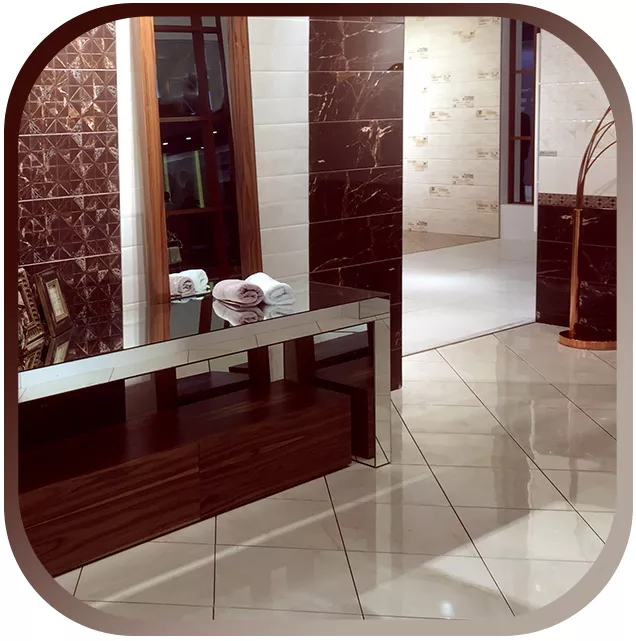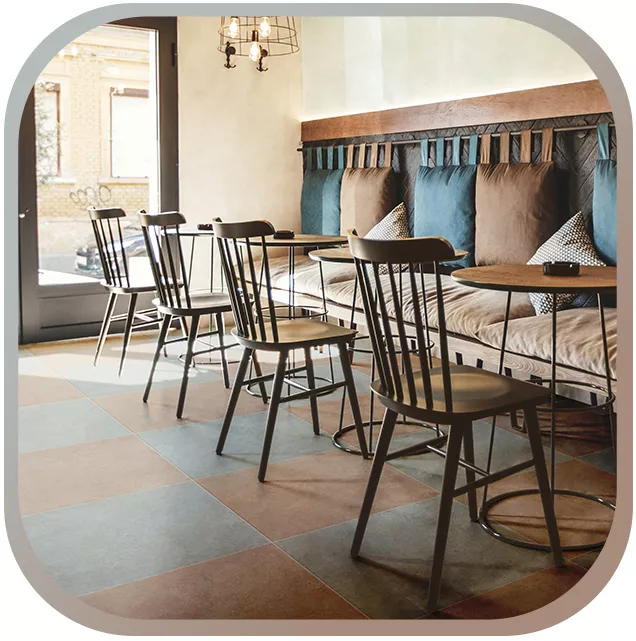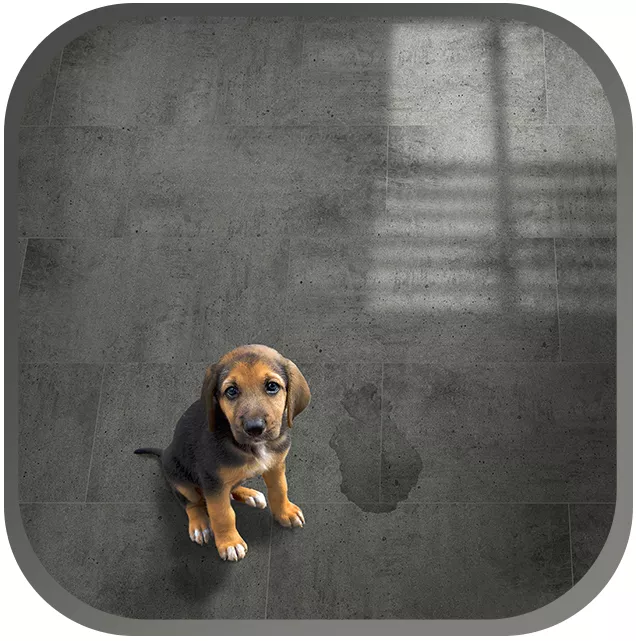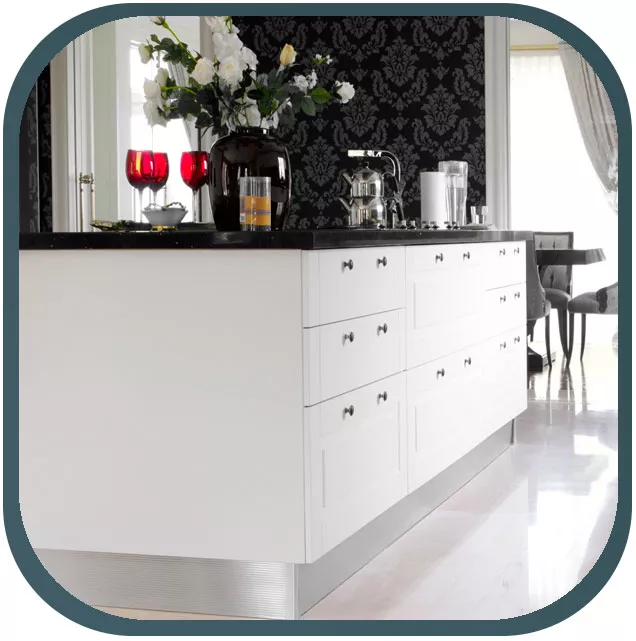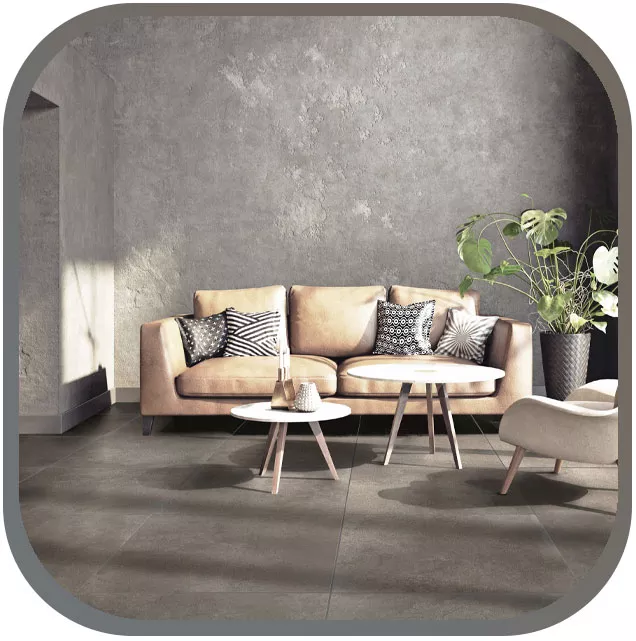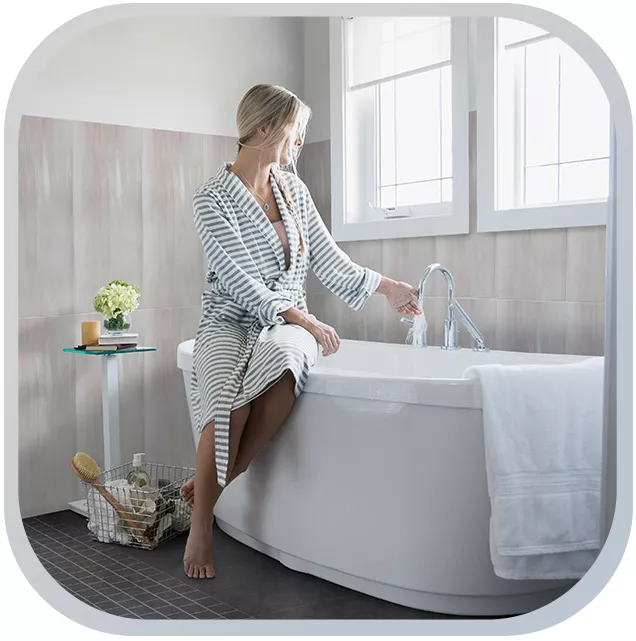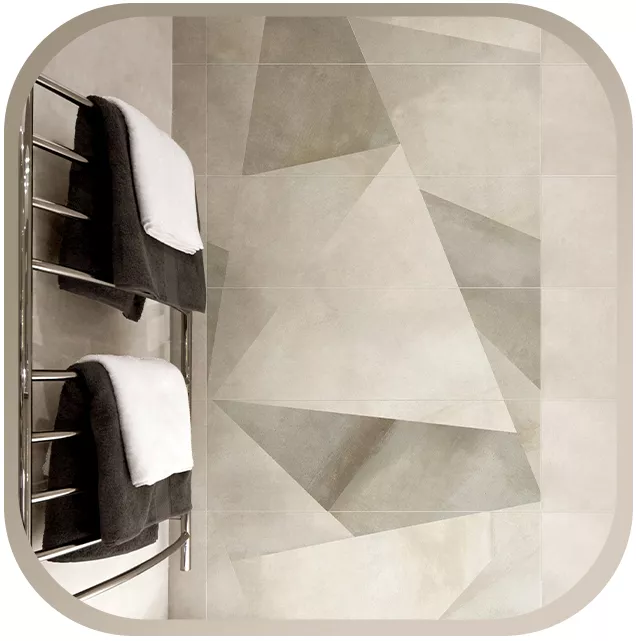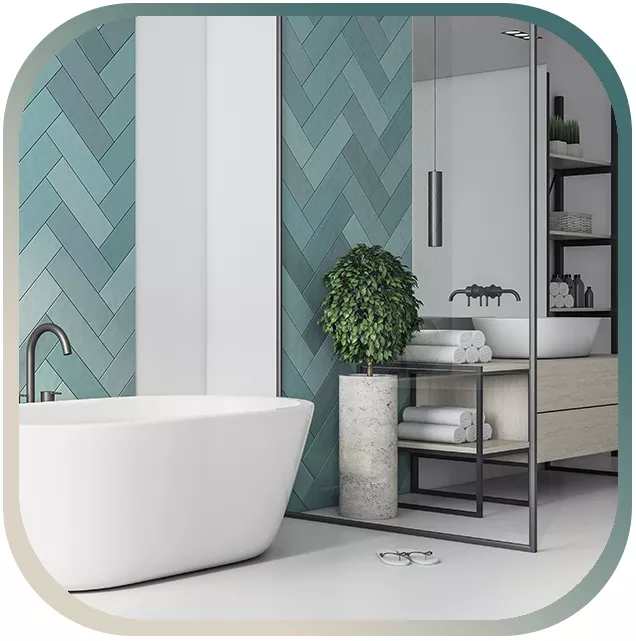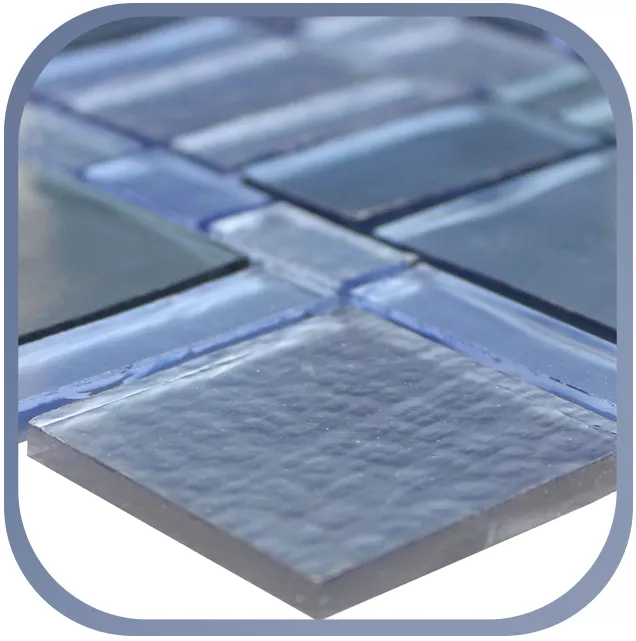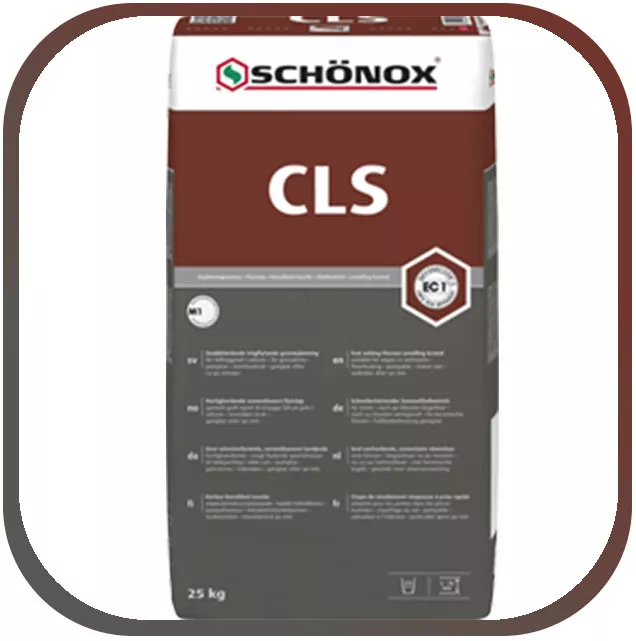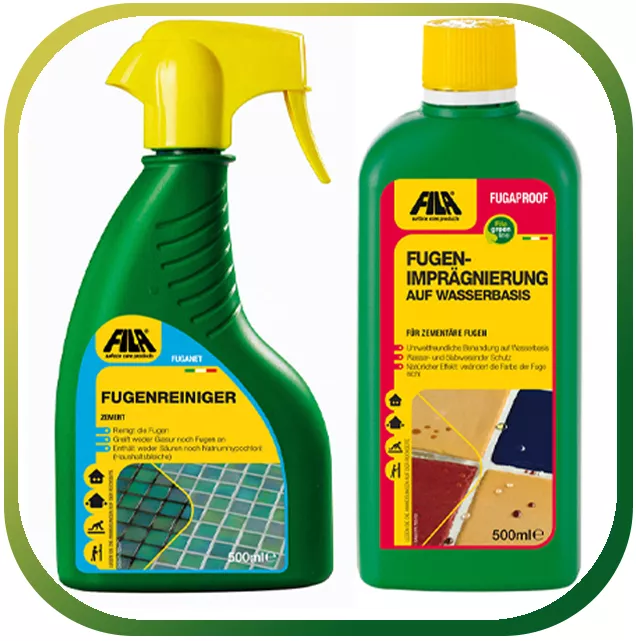Laying and processing
Substrate preparation Basically, the laying substrate must be dimensionally stable, stable, dry and free from loose and adhesion-reducing components. Its quality must meet the requirements of DIN 18157 or the current rules of technology.
Substrate-specific preparations (e.g. residual moisture measurements, functional heating and grinding work) must be carried out individually. Existing underfloor heating should be switched off 12 hours before laying.
Absorbent substrates, such as e.g. Cement or calcium sulphate screeds must be primed. Our recommendation: Sopro GD 749.
Non-absorbent substrates such as B. old ceramics must be pretreated with primer. Our recommendation: Sopro Adhesive Primer S HPS 673.
Laying
Laying should be done with highly flexible, fast-setting medium-bed mortar with crystalline water binding in the buttering - floating process with 10 mm teeth. Please note:
The cement panels should absorb as little water as possible in order to avoid so-called encapsulation. We recommend a product from the manufacturer Sopro FKM Silver Multiflex Adhesive 600 that has been tested by us.
If cement-based adhesives are used, fine hairline cracks can form on the panels. and grinding work) must be carried out individually. Existing underfloor heating should This is possible due to the technical manufacturing process for these cement panels, is sometimes even requested by building owners and gives the flooring an optical rusticity, similar to decades-old floor coverings with signs of use.
Grouting
The grout is made from two parts of trass cement and one part of quartz sand with the addition of water in a yoghurt-like consistency.
Caution: Ready-made grouts contain color pigments and plastics , and are therefore not suitable for grouting cement boards. If it is nevertheless desired, a trial joint must be carried out. Please note: Color pigments and plastics can penetrate the side walls of the cement panels and form unsightly edges or a gray haze.
Connection and movement joints are closed with marble - silicone.
Cleaning
After a section has been grouted, the covering is removed with MZ - Remover cleaned.
Always pre-wet the area to be worked. Always work in small sections and max. Treat 2 m². After the processing time of max. Absorb the dirty water for 3 minutes and rinse well with clear water.
Impregnation
Protect without shine
Stain protection is evenly applied to the clean and dry surface with a flat brush or brush Saturation applied; if necessary, add more to wet the surface for approx. 5 minutes. Then the excess is absorbed, and the cement boards are rubbed dry evenly. This is important so that no excess material dries up and stains. Then let the covering dry for at least 24 hours and do not step on it. After drying, the covering is protected against oily and watery contamination. Our recommendation: Stain protection .
Protect with shine
If a slightly glossy surface is required, the covering is impregnated with stain protection ( wait at least 24 hours!) treated with a hard seal and then polished. A polishing machine is particularly suitable for larger areas.
Our recommendation: Hard seal .
Care
Recommend for maintenance cleaning and care we ZP care for cement slabs or equivalent. Soft soaps and moisturizing care products are also suitable. Please note: acidic cleaners must not be used.





